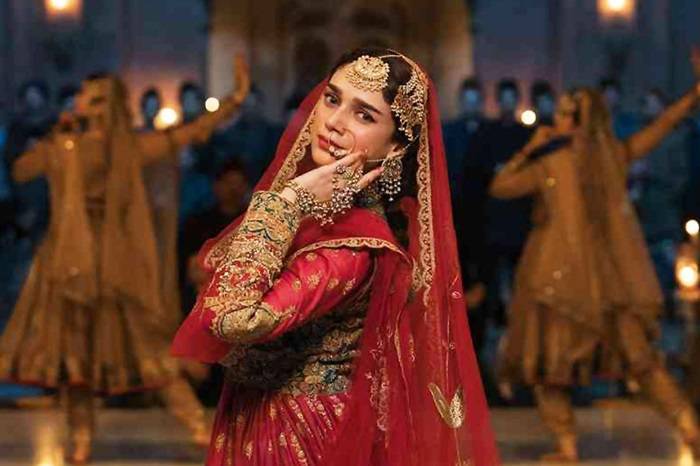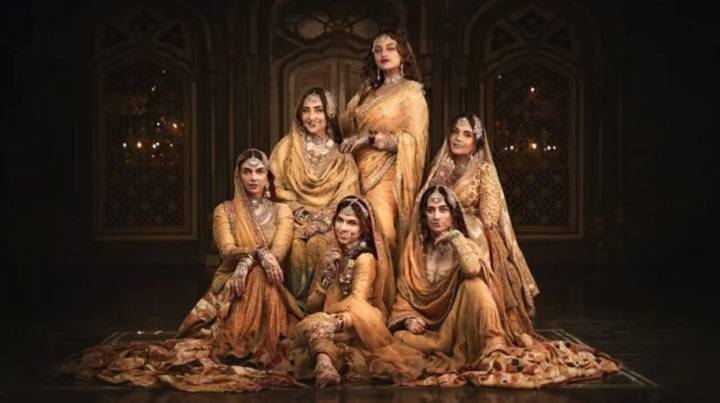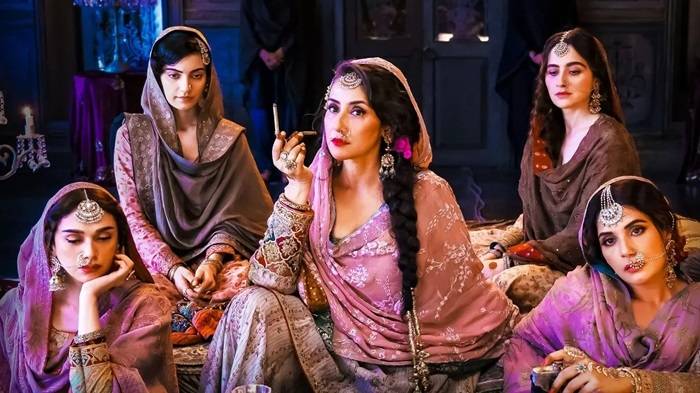The Netflix series Heeramandi: The Diamond Bazaar has stirred widespread fascination with its glamorous portrayal of courtesans, politics, and colonial resistance in pre-independence India. But many viewers are left wondering: Is Heeramandi a real story? This article dives deep into the truth behind the show’s narrative, separating history from fiction, and offering an insightful look into the real Heeramandi that once existed in the heart of Lahore.
The Real Heeramandi: A Historic Red-Light District in Lahore

Origin of Heeramandi
Heeramandi, literally translating to “Diamond Market,” was indeed a real place in Lahore, now part of modern-day Pakistan. Situated near the Walled City and close to the iconic Badshahi Mosque, Heeramandi was historically a vibrant district known for its courtesans, artists, and musicians during the Mughal and later British colonial era.
Mughal Patronage and Cultural Flourishing
Under Mughal rule, especially during the reign of emperors like Akbar and Jahangir, Heeramandi became a center of refined culture and artistic performance. The courtesans, known as tawaifs, were not merely entertainers; they were trained in classical dance, music, poetry, and etiquette. Many came from elite backgrounds and served as cultural ambassadors within royal courts.
Transformation Under British Rule
During the British colonial period, Heeramandi’s identity began to change. What was once a prestigious cultural hub gradually turned into a red-light district as colonial authorities formalized and regulated prostitution. British soldiers frequently visited the area, and over time, its reputation evolved from elite entertainment to scandalous infamy.
Heeramandi in the Series: Fact vs Fiction
The Creative Vision of Sanjay Leela Bhansali
Heeramandi: The Diamond Bazaar, created by renowned director Sanjay Leela Bhansali, blends historical setting with fictional characters. The series is set during the Indian freedom struggle, portraying powerful women navigating politics, betrayal, and passion in an era dominated by men.
Fictional Narratives in a Real Setting
While the backdrop of Heeramandi is historically accurate, the characters and plotlines are largely fictional. There is no historical record of the exact individuals portrayed in the series. Instead, Bhansali has created a composite world that reflects the complexities of women’s lives in colonial India—rooted in historical atmosphere but dramatized for storytelling.
Historical Inspirations for Characters
Some characters may have been loosely inspired by real tawaifs of history, such as Gauhar Jaan, Begum Samru, or Umrao Jaan, though none are directly represented. These women wielded influence, owned property, and participated in political negotiations—offering rich material for creative adaptation.
Cultural and Political Role of Courtesans
Women of Power and Influence
In the 18th and 19th centuries, courtesans were among the few women with autonomy, wealth, and education. They influenced culture, mentored young nobles, and even acted as informants or financiers during political upheavals.
Courtesans and the Freedom Movement
Though not mainstream figures in the Indian independence movement, courtesans were indirectly involved, especially in sharing political messages and offering safe spaces for resistance meetings. Some historians have suggested that their economic independence made them natural allies of nationalist causes.
Lahore’s Heeramandi Today
Post-Partition Decline
After the Partition of India in 1947, Heeramandi saw a rapid decline. With Lahore becoming part of Pakistan, many courtesans and artists migrated to India, while others faded into poverty. Over time, the area’s artistic identity was replaced by commercial sex work, and it became stigmatized.
Cultural Remnants and Modern Recognition
Today, Heeramandi still exists, though far removed from its regal past. It is now a crowded marketplace with remnants of old havelis and stories of its former glory. Pakistani filmmakers, writers, and heritage activists have long called for its cultural preservation as a site of historical importance.
The Symbolism of Heeramandi in Modern Media
A Reflection on Feminine Power
Heeramandi serves as a powerful metaphor for female agency, resistance, and survival in a patriarchal society. By focusing on courtesans, the series flips the narrative, highlighting how these women challenged societal norms and claimed space in male-dominated histories.
Blending History with Entertainment
While the series does not aim to be a documentary, it skillfully evokes a forgotten cultural world, offering both entertainment and education. It brings attention to India’s colonial past, the changing role of women, and the complexities of identity.
Conclusion: How Real is Heeramandi’s Story?
To answer the central question—is Heeramandi a real story?—the answer lies in a nuanced space between yes and no. The setting is real, rich with history and cultural significance, but the narrative is fictional, crafted to dramatize and honor a forgotten world. Through lavish visuals and compelling performances, Heeramandi: The Diamond Bazaar opens a window into a historical time that deserves recognition and reinterpretation in modern discourse.
FAQs about Heeramandi Real Story
Is Heeramandi based on true events?
Heeramandi is inspired by a real place in Lahore, Pakistan, but the characters and storylines in the series are fictional.
Was Heeramandi a red-light area in real life?
Yes, Heeramandi evolved into a red-light district during British colonial rule, though it was originally a cultural center under the Mughals.
Are any characters in Heeramandi based on real people?
No specific characters are based on real historical figures, though they may be inspired by real-life tawaifs and cultural icons.
What does the word Heeramandi mean?
Heeramandi translates to “Diamond Market.” It was a district associated with wealth, performance art, and later, prostitution.
Where is Heeramandi located today?
Heeramandi still exists in Lahore, Pakistan, near the Badshahi Mosque. It has lost much of its historic elegance but remains culturally significant.


